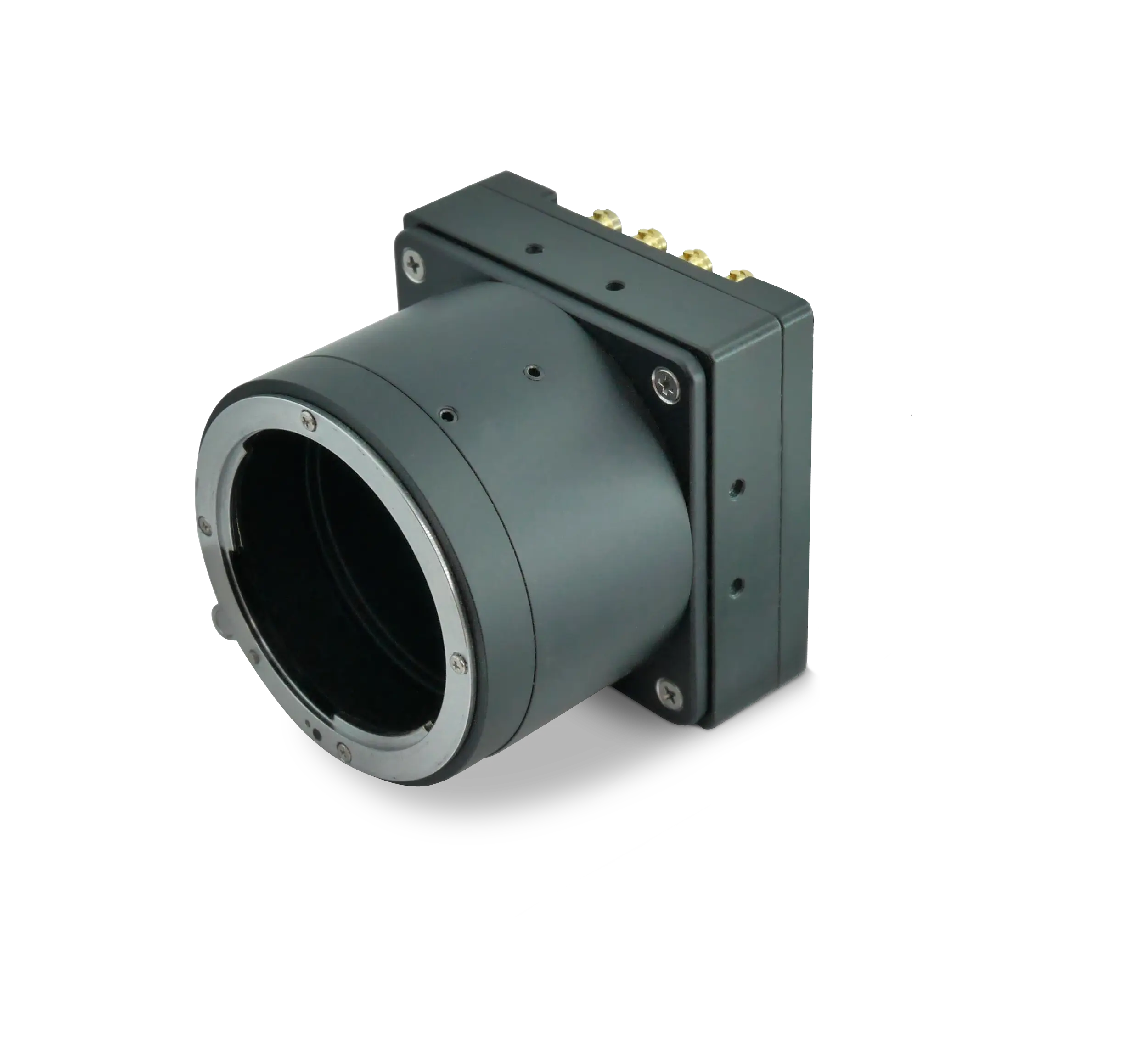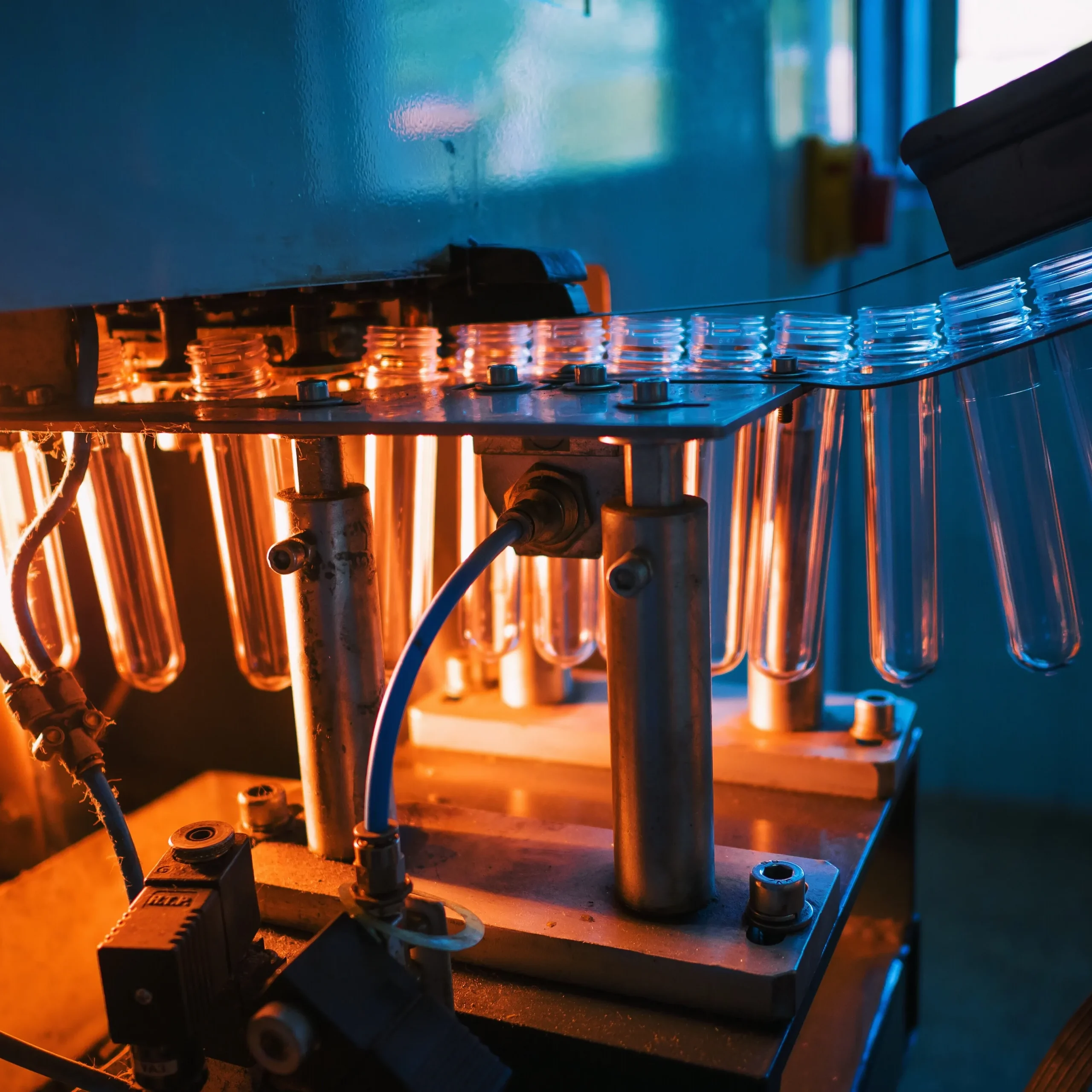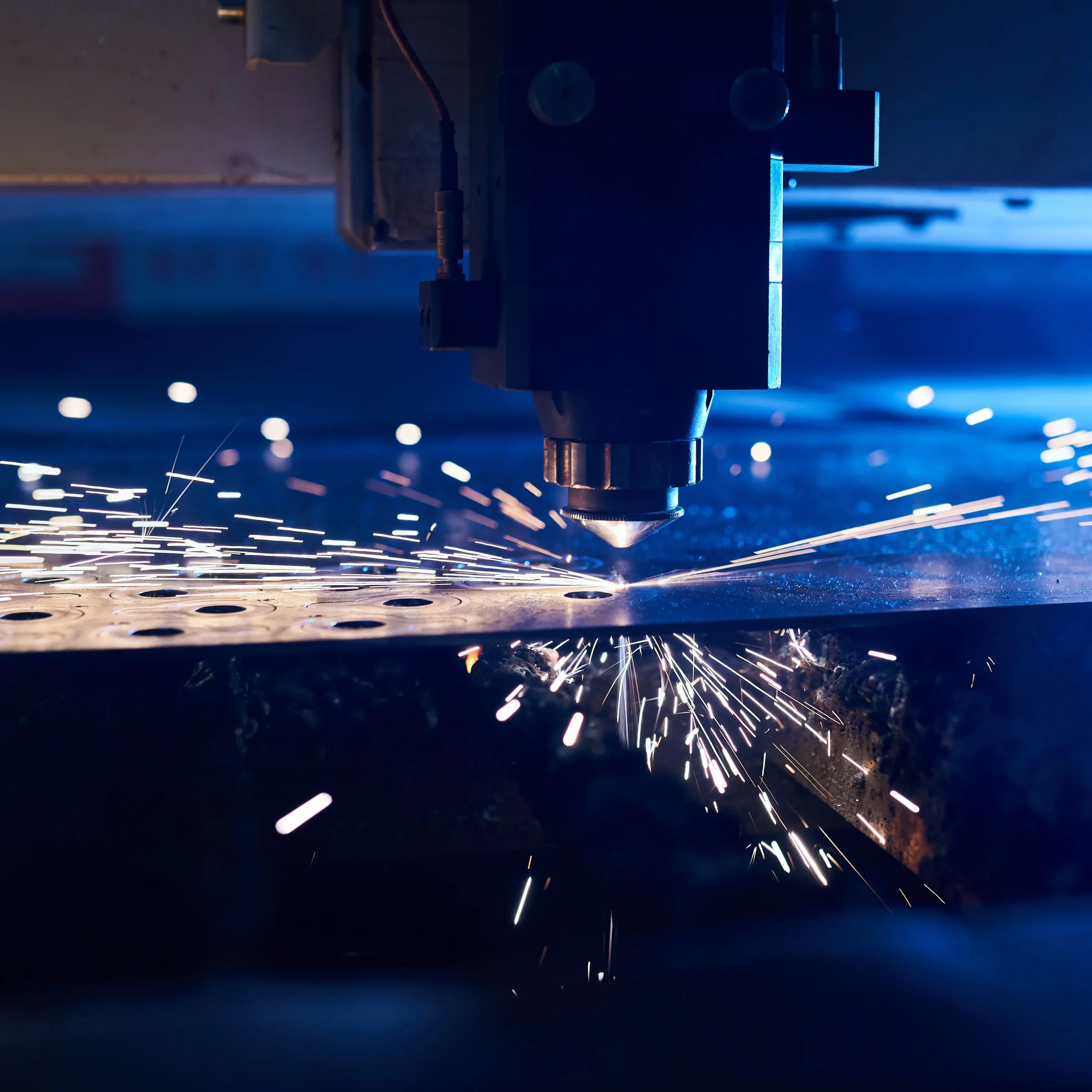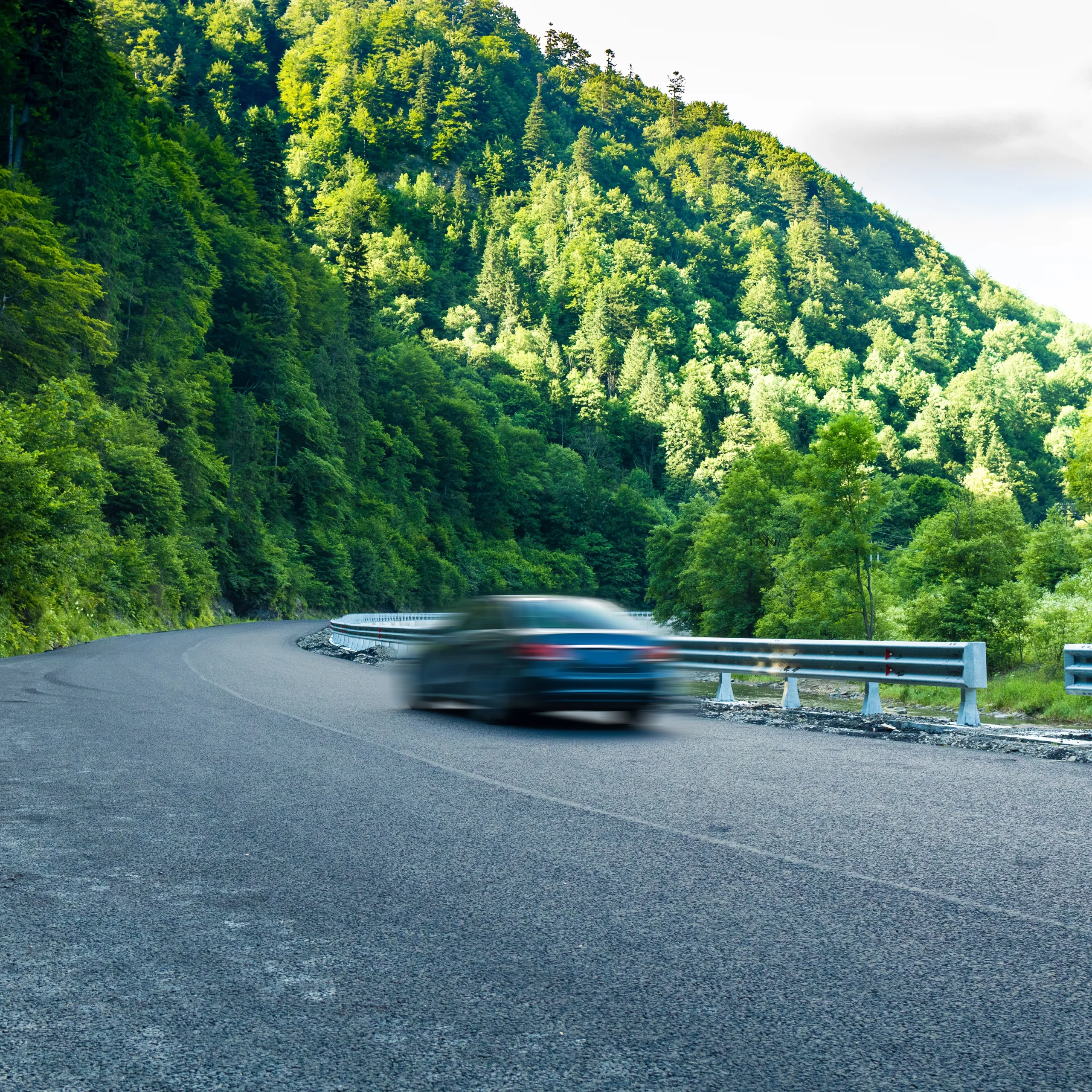In 2025, CoaXPress high-resolution cameras remain a class of devices that combine uncompromised pixel counts with lightning-fast, deterministic data transfer. KAYA Vision’s Iron family sits at the forefront, offering OEM machine-vision camera modules that break traditional trade-offs between resolution, frame rate, and rugged reliability.
Why CoaXPress Still Leads in 2025
CoaXPress v2.x delivers up to 12.5 Gbps per cable, power over the same cable (PoCXP), micro-second accurate triggering, and cable lengths that can top 40 meters without repeaters. Competing interfaces such as 10GigE Vision or Camera Link HS approach similar bandwidths, yet only CoaXPress combines synchronous triggering with low latency and the electromagnetic resilience demanded by factory floors and outdoor inspection rigs.
For ultra-high-resolution industrial imaging applications—wafer inspection, flat-panel display automated optical inspection (AOI), satellite component testing, or multi-camera dimensional metrology—the equation is clear: bandwidth plus synchronization equals deterministic quality control. OEMs turn to CoaXPress cameras because a single dropped frame or lost trigger can translate into thousands of dollars in scrap.
Key Evaluation Metrics
- Resolution vs. Sensor Size: Bigger sensors accommodate more pixels without sacrificing photon sensitivity. However, they demand larger, more precise optics.
- Frame Rate at Bit Depth: Publishing a 134 MP sensor is impressive, but if the camera cannot sustain usable frame rates at 12 bit, production throughput plummets.
- Dynamic Range & SNR: High pixel counts must be matched by analog performance to preserve defect contrast in reflective or low-light scenes.
- GPIO & On-Camera Processing: Features like per-pixel defect correction, ROI, LUTs, and embedded trigger routing can cut CPU load and shrink overall BOM.
- Environmental Robustness: Shock, vibration, extended temperature ranges, and optional IP67 housing determine whether the camera survives 24/7 production.
Top KAYA Vision Picks for 2025
Below is a focused buying guide to four KAYA models that define the state of ultra-high-resolution industrial imaging this year.
1. Iron 661 – 134 MP Flagship
If your inspection line prizes absolute detail—think micro-crack detection on 8th-generation glass substrates—Iron 661 is the unmistakable choice. Its Sony IMX661 56.7 mm diagonal sensor outputs 13 400 × 9 528 pixels, supported by a global shutter that freezes conveyors moving at several meters per second. Even at full 12-bit output the camera achieves 19.6 fps, enough for line-scan replacement setups or tile-based 3-D metrology.
- Resolution: 134 MP (3.45 µm pixel)
- Interface: 4 × CXP-12, aggregate 50 Gbps
- Dynamic Range: >70.8 dB, SNR 40 dB
- Shortest Exposure: 10 µs—vital for strobe-based freeze-frame capture
- OEM Highlights: M72 mount for large-format optics, opto-isolated I/O for simplified trigger wiring
Integrators deploy the Iron 661 as a drop-in replacement for multi-camera mosaics, trimming mechanical complexity while boosting data continuity. When paired with KAYA’s Komodo series CXP frame grabbers and SDK, image data can reach GPU memory with minimal latency.
2. Iron 4600 – 45 MP Versatility
For electronics PCB AOI, broadcast-quality slow-motion replay, or aerial payload mapping, the Iron 4600 offers a sweet spot: 8 320 × 5 456 pixels at up to 100 fps (8 bit). A 43.8 mm diagonal sensor eases lens selection compared to the Iron 661, and the rolling shutter suits scenes with controlled motion or flash illumination.
- Resolution: 45 MP (4.4 µm pixel)
- Frame-Rate Profile: 100 fps @ 8-bit; 70 fps @ 12-bit
- Dynamic Range: >90 dB—remarkable for HDR inspection and aerial scanning
- Power: <11 W via PoCXP, simplifying drone or mobile-platform integration
- Environmental: Operates −40 °C to +80 °C (industrial grade)
Because the Iron 4600 weighs only 450 g and supports F, M42, or active EF mounts, OEM designers embed it in gimbals, gantries, and medical scanning heads without heavy counterweights. The available on-camera ROI and binning let software dial between full-frame analysis and cropped high-speed modes on the fly.
3. Iron 3249 – Compact 49 MP Dual-Link Workhorse
Applications that juggle limited cables—robotic arms, semiconductor bond inspection, or portable forensic imagers—gravitate to the Iron 3249. Two CXP-12 links still push 25 Gbps aggregate bandwidth, while heat dissipation remains tame thanks to a sub-9 W power draw.
- Resolution: 7 008 × 7 000 (49 MP, 3.2 µm pixel)
- Frame Rate: 35 fps at full 12-bit
- Footprint: 62 × 62 × 44 mm—ideal for multi-camera rigs
- Processing: Programmable pulse generator, multi-point temperature sensing, optional per-pixel FPN correction
- Mounts: F-Mount, EF-Mount, or M42 for flexible optical design
The Iron 3249 exemplifies how an OEM camera can marry lab-grade data with field-ready mechanics. Integrating the camera’s programmable strobe controller eliminates external timing boxes, reducing BOM and cabling complexity.
4. Iron 2518 – High-Speed 18 MP for Throughput-Driven Lines
Not every project needs 8K-plus. Sometimes the limiting factor is parts-per-minute. The Iron 2518 captures 4 508 × 4 096 pixels at a blistering 139 fps (10 bit) while sipping less than 5 W, making it perfect for web inspection and pharmaceutical blister checking where motion blur is enemy #1.
- Small Form Factor: 44 × 44 × 39 mm, <100 g
- Global Shutter: 2.5 µs minimum exposure
- Dynamic Range: up to 66.9 dB
- Ingress Protection: Optional IP67 tube for wash-down conveyors
Pair the Iron 2518 with a liquid lens and KAYA’s GenCam compatible API, and integrators can run focus stacking or height measurement directly on the line without physical Z-axis stages.
Matching Cameras to Use-Cases
- Flat-Panel Display Inspection: Iron 661 supplies the pixel density to measure sub-50 µm defects across Gen10 glass.
- Drone-Based Asset Survey: Iron 4600’s HDR output handles varying daylight, while PoCXP reduces payload cabling.
- Semiconductor Packaging: Iron 3249 fits multi-angle inspection turrets where cable drag must be minimal.
- High-Speed Food Sorting: Iron 2518 delivers the frame rate to catch contaminants on moving belts without sacrificing 4K-class resolution.
Optics and Lighting Considerations
Ultra-resolution sensors shine only when matched to optics that resolve equivalent line pairs per millimeter. For Iron 661, the M72 mount enables large-format telecentric lenses that curb vignetting and maintain CTE-matched alignment in temperature-cycling environments. Conversely, Iron 2518’s 1-inch format pairs well with off-the-shelf C-mount glass, shaving thousands off system cost.
Lighting strategies must exploit the cameras’ global shutter (or short rolling-shutter window) and fast minimum exposure. High-intensity LED strobes frozen at 10 µs guarantee blur-free imaging without resorting to mechanical stops, preserving takt time. KAYA’s exposure-strobe output simplifies synchronization; connect the opto-isolated line to your LED driver and configure via GenCam.
System Architecture Tips
-
- Cable Planning: Keep CXP links under roughly 35 m when routing through drag chains to minimize wear; use angled micro-BNC heads for tight enclosures.
- Frame Grabber Selection: Pair 4-lane cameras with KAYA Komodo frame grabbers to offload Bayer demosaicing and compression.
- Data Storage: 134 MP at 21.5 fps equals about 7 GB/s raw. Implement NVMe RAID or real-time GPU preprocessing to avoid bottlenecks.
- Thermal Management: Iron housings double as heat sinks; ensure at least 1 cm clearance and channel airflow along finned surfaces.
When comparing OEM camera quotes, look beyond unit price. A single Iron 661 can replace four legacy 25 MP cameras, halving mounting hardware, power supplies, and calibration effort. PoCXP further trims power-distribution costs, while high MTBF ratings (1.6–2.1 million hours) slash downtime risk. Firmware-embedded image enhancement reduces host CPU licensing fees for third-party libraries.
CoaXPress v2.1 is backward compatible; investing in Iron-Series cameras ensures your 2025 deployment will talk seamlessly to future frame grabbers supporting higher CXP rates. KAYA’s active sensor alignment and on-camera LUT control mean that when your algorithm evolves, your camera keeps pace without ship-back delays.
